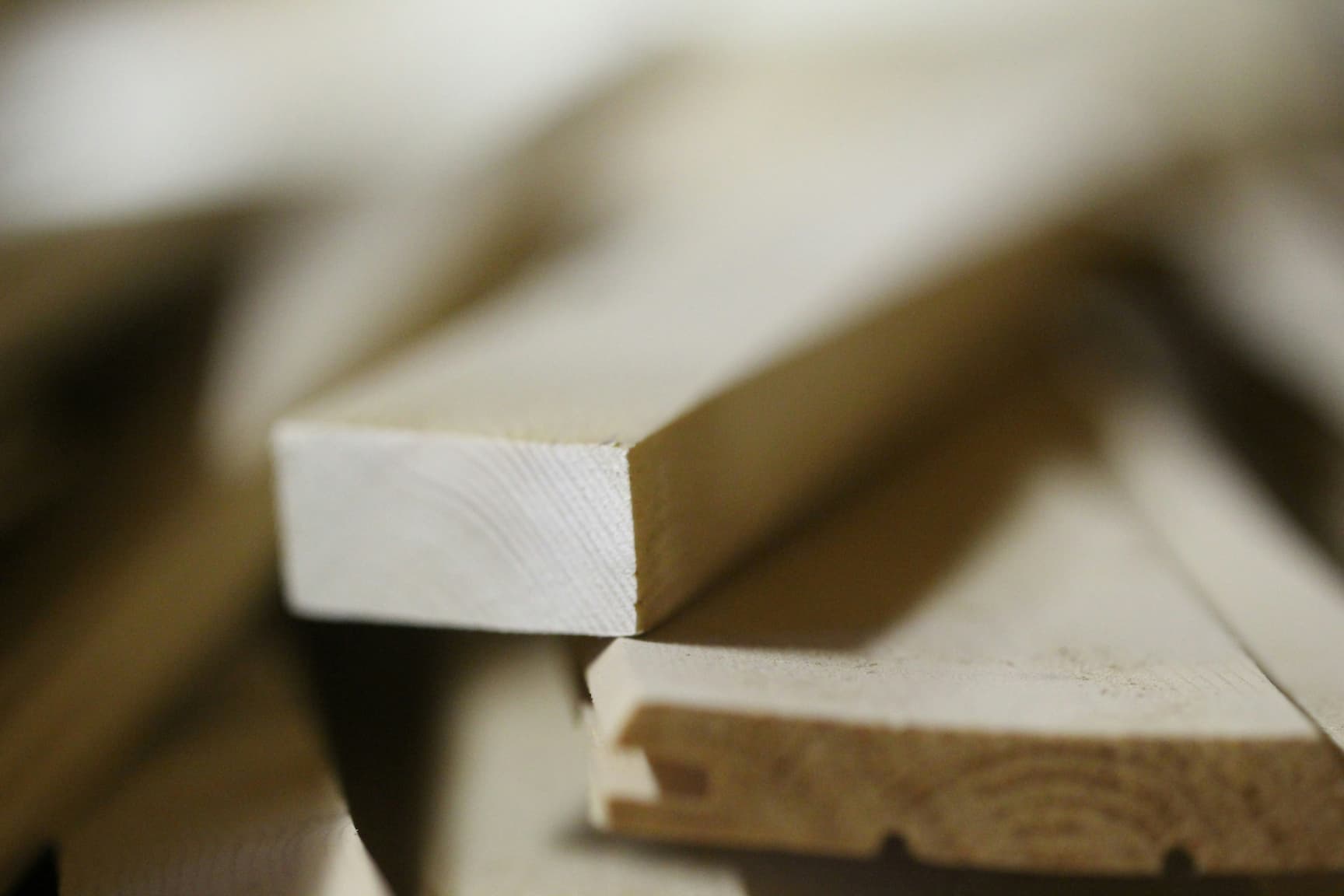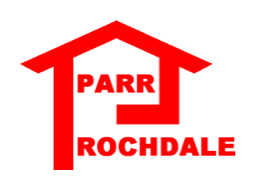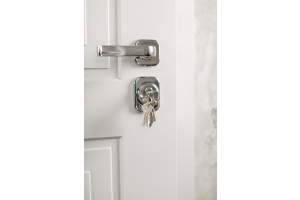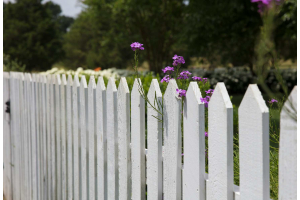
Knowing how to fit skirting boards is a skill every homeowner should have. It’s quick, cost-effective, and can instantly refresh the appearance of a room. At Parr Rochdale, we have been supplying tradespeople and DIY customers with a wide range of timber over many years, including skirting and architraves.
We know the ins and outs of installing skirting boards and want to help make the process as seamless as possible for you to complete at home. We’ll walk you through all the common questions, how to install it, along with the tools and materials you’ll need to get the job done.
First of all, what are skirting boards for?
Skirting boards, also known as baseboards, serve both practical and aesthetic purposes in interiors. Primarily, they protect the lower portion of walls from damage caused by everyday activities like vacuuming, furniture movement, and kicking, but they also provide a finished look to a room.
They come in a variety of profiles and materials, from traditional timber to MDF skirting that’s primed and ready to paint.
What you will need to install skirting boards
Must-haves:
- Tape measure
- Pencil and notepad
- Mitre saw or mitre box and hand saw
- Spirit level
- Adhesive or nails/screws
- Caulk and filler
- Sandpaper
- Paint and brush
Optional but helpful:
- Stud finder
- Nail punch
- Protective sheets for flooring
- Electric sander
How to remove skirting boards
One of the first things you need to understand is how to take skirting boards off the wall.
If replacing or refurbishing, start by cutting through any paint or sealant where the skirting meets the wall. Use a chisel or flat pry bar to gently loosen the board from the wall, working from one end. Take care not to damage the plaster or the board.
If you plan to reuse the boards, number them as you remove them so they can be returned to the same place.
How to cut skirting boards
Measure the wall length precisely and mark your boards. Internal and external corners need angled cuts, typically 45 degrees, which can be made with a mitre saw or mitre box. Always check the fit before fixing, especially for patterned profiles. For more intricate designs, timber mouldings can be used to add additional detail.
How to fit skirting boards
Position the first board flush against the wall, starting from a corner. Use adhesive for a quick, clean fix, or nails/screws for a more traditional method. Check each section with a spirit level as you work along the wall. Fill any gaps between the skirting and wall with caulk.
If you’re redecorating an entire room, consider coordinating with new or existing timber doors or flooring for a consistent finish.
How to paint skirting boards once installed
Once the skirting boards are fixed and any filler or caulk has dried, lightly sand the surface to remove rough spots, filler residue, or primer marks.
Wipe away all dust with a clean, damp cloth before painting. Use masking tape to protect the wall and floor edges, and press it down firmly to stop paint bleed.
Apply the paint in long, smooth strokes along the grain, starting at one end and working methodically to the other. Allow the first coat to dry fully before lightly sanding and applying a second coat for an even, professional finish.
What paint to use on skirting boards
A hard-wearing gloss, satinwood, or eggshell finish works best, as these are resistant to knocks and stand up to regular cleaning.
Oil-based paints are slower to dry but provide a robust, long-lasting coating, ideal for high-traffic areas.
Water-based options dry quickly, have minimal odour, and are easier to clean up.
Whichever you choose, make sure it’s suitable for interior woodwork and use a colour that complements your walls and floors for a balanced look.
That’s it, source your materials & get started
You should now have a clear idea of how to install skirting boards from start to finish. With the right tools and a bit of patience, it’s a job most people can tackle themselves to see immediate results in how a room looks.
Parr Rochdale carries a wide selection of skirting and architraves, mouldings, stair parts, flooring, and doors to help you complete your project. For fitting advice or guidance on choosing the right materials, contact our team.




